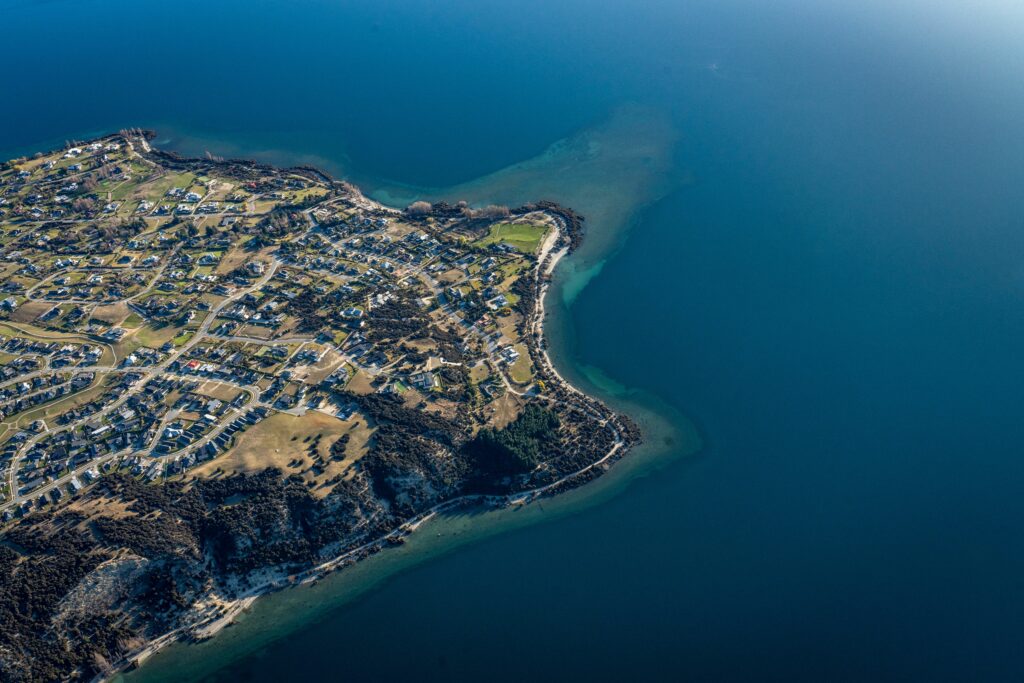Te Taiao Igniting a Journey that Embraces Te Reo Māori
Team members in the Knowledge into Action for Te Taiao project in Wānaka share how learning te reo Māori and tikanga Māori is helping them better understand the work they are doing to revitalise te Taiao.
Korowaitia te whenua, te Taiao ki toona reo oranga.
Kia Kaha Te Reo Māori – Te Wiki o Te Reo Māori is a time to stand side by side to acknowledge, embrace and celebrate the indigenous language of Aotearoa.
Learning te reo Māori and tikanga Māori is a new journey for many of those in the Knowledge into Action for Te Taiao whānau, one of three place-based projects that make up the Revitalise Te Taiao research programme.
The Revitalise te Taiao research kaupapa is enriched with a te ao Māori worldview. This has helped to support and initiate opportunities that encourage the revitalisation of te reo Māori and the normalisation of Māori cultural values in how we work together for the benefit of Te Taiao.
For Nina Rongokea of Ngāi Tahu, her love for te Taiao is strengthening her own whakapapa connection back to the whenua, gaining a more in-depth understanding of her kaitiakitanga role as tangata whenua. She is on a journey to do her part in the revival of te reo Māori and the revitalisation of te Taiao.
For some of the Knowledge into Action for Te Taiao team, their reo journey has been kick-started by their own tamariki who are learning te reo Māori at school where it's becoming part of everyday education here in Aotearoa. As a mother, Jose Cranfield says her children are her motivation to embrace te reo Māori. She believes that language is a connector into culture that helps to gain a deeper respect for te Taiao.
Below, team members share how their growing understanding of te reo Māori and tikanga Māori is helping them to better understand the work they are doing to revitalise te Taiao.
Jaylene Harper
Education Support & Communications
“I want to learn te reo Māori because I think it is an important part of my journey as tangata Tiriti. It is a language that holds a lot of learnings for all, far deeper than just words. Learning te reo Māori is opening my eyes to concepts and ways of thinking or looking at ourselves and our environment that (I think) the western world deeply lacks. It’s teaching me to look at conservation from a bigger lens. There is still so much learning to be had and I welcome it.”
Michaela Backlock
WAI Wānaka Special Projects
“Understanding te reo opens up opportunities to better understand, and through better understanding, we can bridge divides and find ways of being that work better for everyone.
“For me, understanding te reo Māori is one part of understanding te ao Māori. By learning te reo, I can begin to better connect with the history, traditions and world views of tangata whenua. I believe over time, this will develop into a stronger part of what informs the work we do.”

Nina Rongokea (Ngāi Tahu)
Projects Support
“A lot of te reo Māori kupu have inherent meanings that cannot be accurately translated into English. Especially around te Taiao. It’s a step towards understanding my relationship, connection and place within the natural world.
“One way I can respect and acknowledge taonga species is by speaking their traditional names. One way I can respect and acknowledge people and place is by speaking their traditional names. One way I can respect and acknowledge tikanga is by saying my mihi. One way I can feel connected to whenua is by saying my pepeha.”
Jose Cranfield
Education & Outreach Coordinator
“It’s a beautiful language, something that is special to us in New Zealand and to learn alongside my children who are more fluent te reo speakers than I.
“Language is such a connector into culture and by learning te reo we start to also connect to some of the deeper concepts of te ao Māori. These are so interconnected and important to the revitalisation of te Taiao and how we connect as part of the environment rather than looking at the environment as a resource which can so often be the case.
“The challenge for me is having the confidence to speak in te reo, however listening and chatting to my children really helps with this.”
More information:
- Kia Kaha Te Reo Māori – Te Wiki o Te Reo Māori. Everyone can support efforts to revitalise and normalise te reo Māori in everyday life. This is a journey we can take together to acknowledge, embrace and celebrate te reo Māori now and into the future. Let’s make te reo Māori strong – kia kaha te reo Māori!
- More about Knowledge into Action for Te Taiao
- More about the Revitalise Te Taiao research programme
Author
 View Our Strategy Document 2019 – 2024
View Our Strategy Document 2019 – 2024



